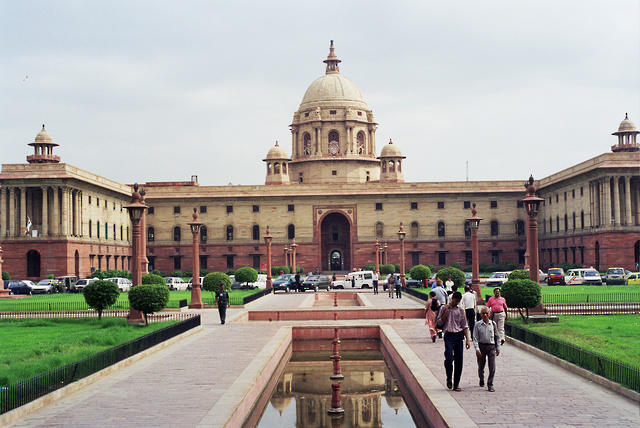By Sanjeeb Panigrahi
,
27 December 2018

photo credit: Nimrod Bar/flickr
The long-awaited reservation for Marathas, constituting about 32 per cent of Maharastra’s population, is going to be a reality soon. In fact, the Fadnavis Government is replaying a charade which was unsuccessfully played in the past by the Congress- NCP Government. Providing additional reservations for Marathas has been a long-drawn process since the demand was first made by late Annasaheb Patil in 1981.
The recently submitted report of the State Backward Class Commission headed by retired Justice N.G. Gaikwad, which was specifically tasked with looking into the demands of Maratha reservation, has said Marathas are socially, educationally and economically backward and classified them under an independent category called Socially and Educationally Backward Class (SEBC). The state government accepted the report. But the Government’s proposal of additional 16 per cent quota for Marathas raising the reservation to 68 per cent is hit by the 50 per cent cap as held in Indira Sawhney Case (1992).
Caste-based reservations in India first emerged to promote equal treatment in a society descending from the yoke of untouchability. But it has degenerated to become a monopolistic tool for the privileged few and catalysts for caste-related conflict.
Read the full article here:
The Statesman
